PRODUCT SALES 1-888-498-6699 M-F 8:30 AM - 5:00 PM ET
Ordering Information
- Track Your Orders
- Ordering Methods
- Payment Options
- Purchase Orders
- Shipping Information
- Group Sales
- Sales Tax FAQs
Catalog
ASHA Professional Development
- About Us
- ASHA Learning Pass
- Format Descriptions
- Conferences & Events
- Requests for Accommodation
- CE Information
- ASHA Learning Center

